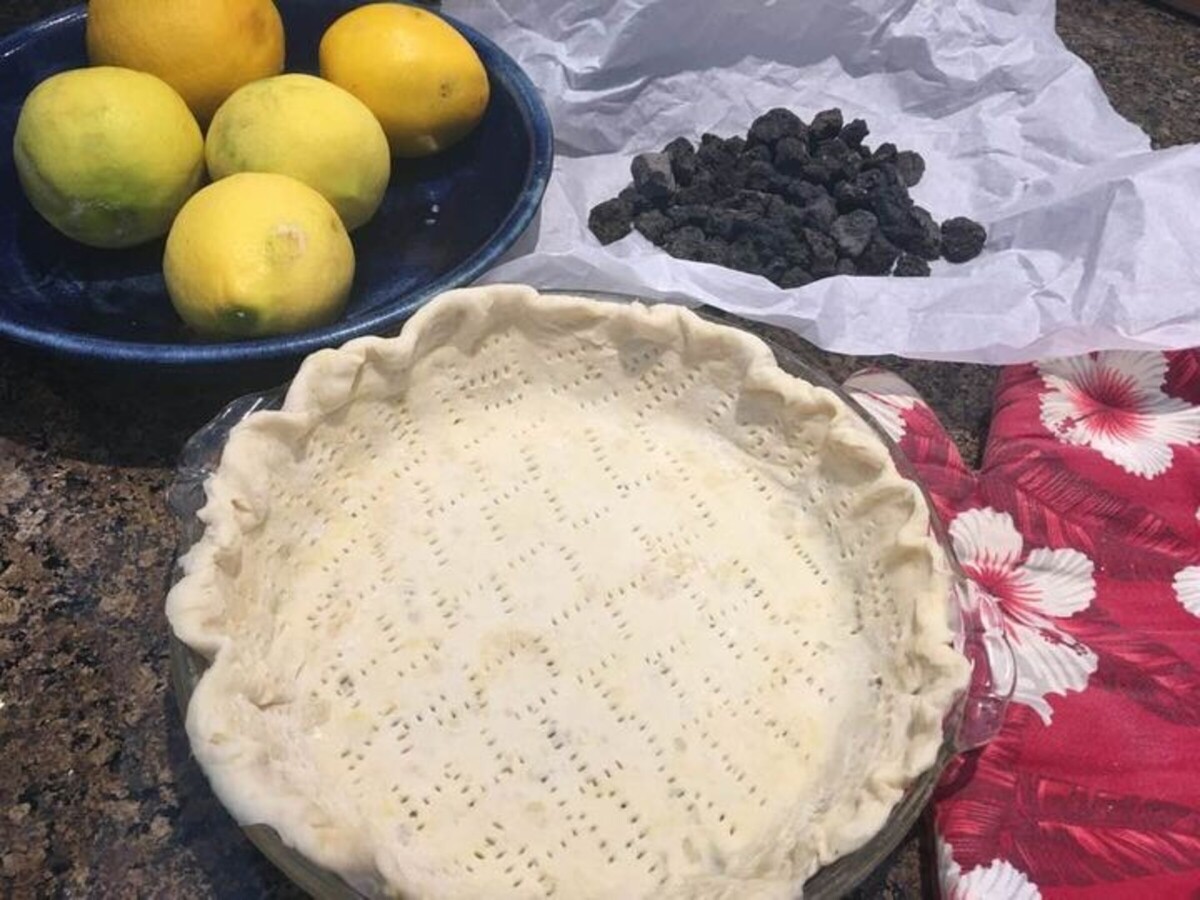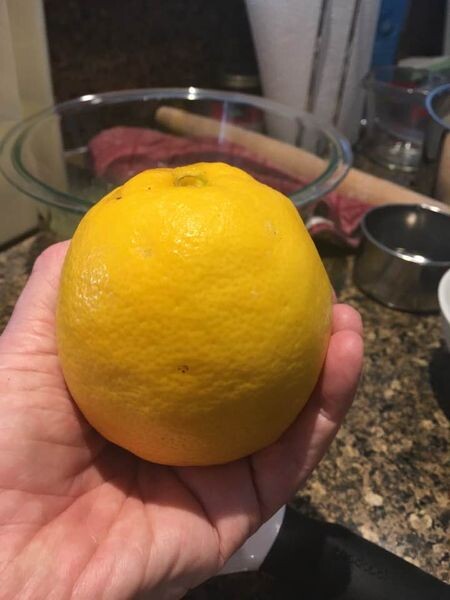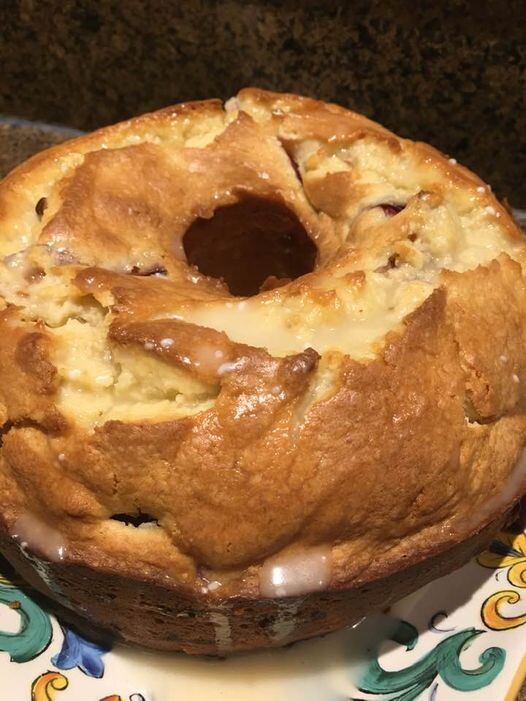Image


One of the delights of our visits to the island of Hawaii is the availability of lovely Meyer lemons, especially as they are generously gifted to us from a friend’s backyard tree in Waikoloa.
These delightful citrus fruits were found in a small village outside of Peking (now Beijing), China by U.S. Department of Agriculture (USDA) plant explorer Frank Meyer, who brought them to the United States in 1908. Believed to be a cross between the mandarin orange and the Lisbon lemon, they have a slightly sweet flavor that is almost orange-like, yet they have a tartness rather more gentle than the lemons we know.

Ten years later, still sleuthing about China’s wilderness on behalf of the USDA, searching for yet another exotic fruit or vegetable, poor Mr. Meyer sadly perished in the great Yangtze River. We will never know whether or not he was successful in his quest.
Still, I’m grateful for his work and efforts that brought us his namesake lemon, which remarkably pours out its generous quantities of golden juice.
As plums are also native to China, I thought to reunite these two compatriot fruits in this cake as a flavor experiment and find it to be quite delicious. The result: Golden Meyer lemon and plum sour cream pound cake.

Combine a handful of these gorgeous Meyer lemons with quite a bit of labor and we have two excellent lemon meringue pies. This dessert is a purely American invention, created just a few blocks from Independence Hall in Philadelphia.
If there ever was a “happening place” in the 1800’s, it was Philly. Nicknamed the “Athens of America,” it was a meeting place of the politicos of the day and certainly a center of wealth, the arts, and of necessity, exquisite culinary fare.
Elizabeth Goodfellow, pastry chef, entrepreneur, and founder of America’s first cooking school for ladies, has been credited as the creator of the lemon meringue pie. Strangely, she never wrote down her recipes or receipts as they were called back then. The story of her pie has been passed down to us through that special type of oral food history known to all lovers of culinary things.

The origin of pie crust being blind baked, meanwhile, is thousands of years old. In those days, crust was thick, hard, and tasteless as it really served only as a disposable platter to hold a meal. In early Rome and later in medieval England, those coarse vessels were tossed to the dogs or to beggars once a meal had been consumed, being deemed inedible by the “upper crust.”
We have, of course, refined our pastry crust to be not only a delightful part of the whole pie, but also to serve as a textural contrast to the filling.
In the case of lemon meringue pie, where the lemon custard is already cooked, the crust must be prebaked. My pie weights are back in PA, so I reached out the front door for a few handfuls of lava rock to serve as weights. Weighing down the unbaked pastry keeps it from shrinking or bubbling up.
When the crust is baked, we pile it up with the lemon filling, top it with fluffy meringue, and give it a final browning in the oven to cook the meringue.
I would offer my gratitude to Elizabeth today and a warm Aloha to all my dear friends!
High in the mountains above Bally, where the dense groves of treetops seem to touch the sky, is Francine Black, Boyertown’s own version of chef Julia Child. Her daily activities reflect the things she most values: family and friends, music, and lovingly prepared food.